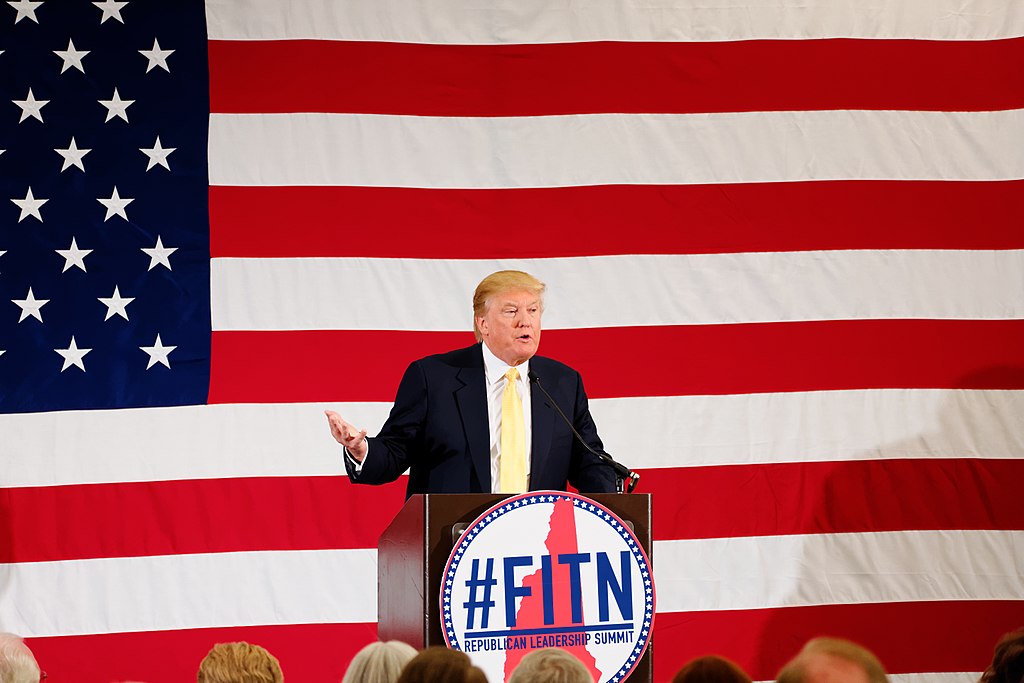As Donald Trump prepares for his second term in the White House, rural America remains a focal point of his administration's plans for 2025. The President-elect has outlined a series of initiatives aimed at revitalizing farming communities, but the proposals are already fueling debate among industry leaders, economists, and rural Americans.
Economic Incentives for Farmers
Trump’s plans include a $20 billion expansion of the Agriculture Resilience Fund, designed to support farmers affected by global trade fluctuations and rising production costs. The fund is expected to provide grants for adopting new technologies, diversifying crop production, and reducing dependency on imported fertilizers.
"We’re bringing back prosperity to America’s heartland," Trump said during a recent campaign-style rally in Ohio. "Our farmers will no longer be left behind."
The administration also plans to increase tax credits for small-scale farmers and offer low-interest loans to support the transition to regenerative agricultural practices. These measures aim to bolster economic resilience in rural areas while addressing environmental concerns.
Despite the ambitious goals, critics argue that such policies fail to address the root causes of rural economic struggles, such as supply chain vulnerabilities and the effects of Trump’s own trade policies.
Trade and Tariffs: A Double-Edged Sword
The most controversial aspect of Trump’s rural agenda involves his ongoing trade policies. While he has promised to renegotiate key trade agreements to favor U.S. agriculture, the specter of steep tariffs on Chinese and Mexican imports looms large.
During his first term, these tariffs led to retaliatory actions from key trading partners, significantly reducing exports of soybeans, corn, and pork. While Trump claims these measures protect American farmers, many in the industry remain skeptical.
"Tariffs have been devastating for us," said Jessica Miller, a soybean farmer in Iowa. "We need stable markets, not uncertainty."
Experts suggest that the administration’s approach may create short-term gains but could alienate key international buyers in the long term. According to the U.S. Department of Agriculture, exports to China have dropped by 28% since 2020, and many Chinese buyers have shifted to Brazilian suppliers.
Public Reactions and Social Media Buzz
On social media, opinions about Trump’s rural policies are sharply divided:
- @FarmForFuture: "Trump’s promises sound good, but they’re just band-aids. We need sustainable solutions, not temporary fixes."
- @MAGAFields: "Finally, a president who understands rural America! Can’t wait to see these plans in action."
- @SoySkeptic: "Tariffs destroyed our market in 2018. What makes us think this will be any different now?"
- @RuralRevival: "The tax credits and grants are a step in the right direction. Let’s give them a chance."
- @TradeWatcher: "China isn’t coming back as a buyer. Farmers should focus on new markets, not empty promises."
- @AgriPessimist: "This is just campaign rhetoric dressed up as policy. Rural America deserves better."
Looking Ahead
While some farmers remain hopeful about Trump’s promises, others express concern over the administration’s ability to deliver meaningful change. Economists warn that without addressing core issues such as infrastructure, climate impacts, and labor shortages, the agricultural sector may continue to face challenges.
As Trump’s plans unfold, rural communities will watch closely to see if these policies can bridge the growing divide between promises and reality.



 Trump Administration Tightens H-1B Visa Vetting With New Focus on Free Speech and Censorship
Trump Administration Tightens H-1B Visa Vetting With New Focus on Free Speech and Censorship  U.S. Repatriation Flight Carrying 266 Venezuelan Migrants Lands in Caracas
U.S. Repatriation Flight Carrying 266 Venezuelan Migrants Lands in Caracas  Australia Progresses AUKUS Review as U.S. Affirms Strong Support
Australia Progresses AUKUS Review as U.S. Affirms Strong Support  U.S. Justice Department Orders Intensified Probe Into Antifa and Domestic Extremist Groups
U.S. Justice Department Orders Intensified Probe Into Antifa and Domestic Extremist Groups  Israel Receives Body of Deceased Hostage as Rafah Crossing Reopening Hinges on Final Returns
Israel Receives Body of Deceased Hostage as Rafah Crossing Reopening Hinges on Final Returns  Trump Administration Plans Major Rollback of Biden-Era Fuel Economy Standards
Trump Administration Plans Major Rollback of Biden-Era Fuel Economy Standards  U.S.–Russia Peace Talks Stall as Kremlin Rejects Key Proposals
U.S.–Russia Peace Talks Stall as Kremlin Rejects Key Proposals  UN General Assembly Demands Russia Return Ukrainian Children Amid Ongoing Conflict
UN General Assembly Demands Russia Return Ukrainian Children Amid Ongoing Conflict  Pentagon Probe Finds Hegseth’s Use of Signal Risked Exposing Sensitive Yemen Strike Details
Pentagon Probe Finds Hegseth’s Use of Signal Risked Exposing Sensitive Yemen Strike Details  Honduras Election Turmoil Deepens as Nasralla Alleges Fraud in Tight Presidential Race
Honduras Election Turmoil Deepens as Nasralla Alleges Fraud in Tight Presidential Race  Trump Administration Halts Immigration, Green Card, and Citizenship Processing for 19 Countries
Trump Administration Halts Immigration, Green Card, and Citizenship Processing for 19 Countries  Trump’s Name Appears on U.S. Institute of Peace Ahead of Rwanda–Congo Deal Signing
Trump’s Name Appears on U.S. Institute of Peace Ahead of Rwanda–Congo Deal Signing  U.S.-Russia Talks Leave Ukraine Peace Efforts Uncertain
U.S.-Russia Talks Leave Ukraine Peace Efforts Uncertain  U.S. Defense Chief Pete Hegseth Defends Controversial Second Strike on Suspected Drug-Smuggling Vessel
U.S. Defense Chief Pete Hegseth Defends Controversial Second Strike on Suspected Drug-Smuggling Vessel  Trump Claims He Will Void Biden Documents Signed with Autopen
Trump Claims He Will Void Biden Documents Signed with Autopen  U.S. Soybean Shipments to China Gain Momentum as Trade Tensions Ease
U.S. Soybean Shipments to China Gain Momentum as Trade Tensions Ease  Maduro Confirms “Respectful” Call With Trump, Signals Openness to Diplomatic Dialogue
Maduro Confirms “Respectful” Call With Trump, Signals Openness to Diplomatic Dialogue 




























